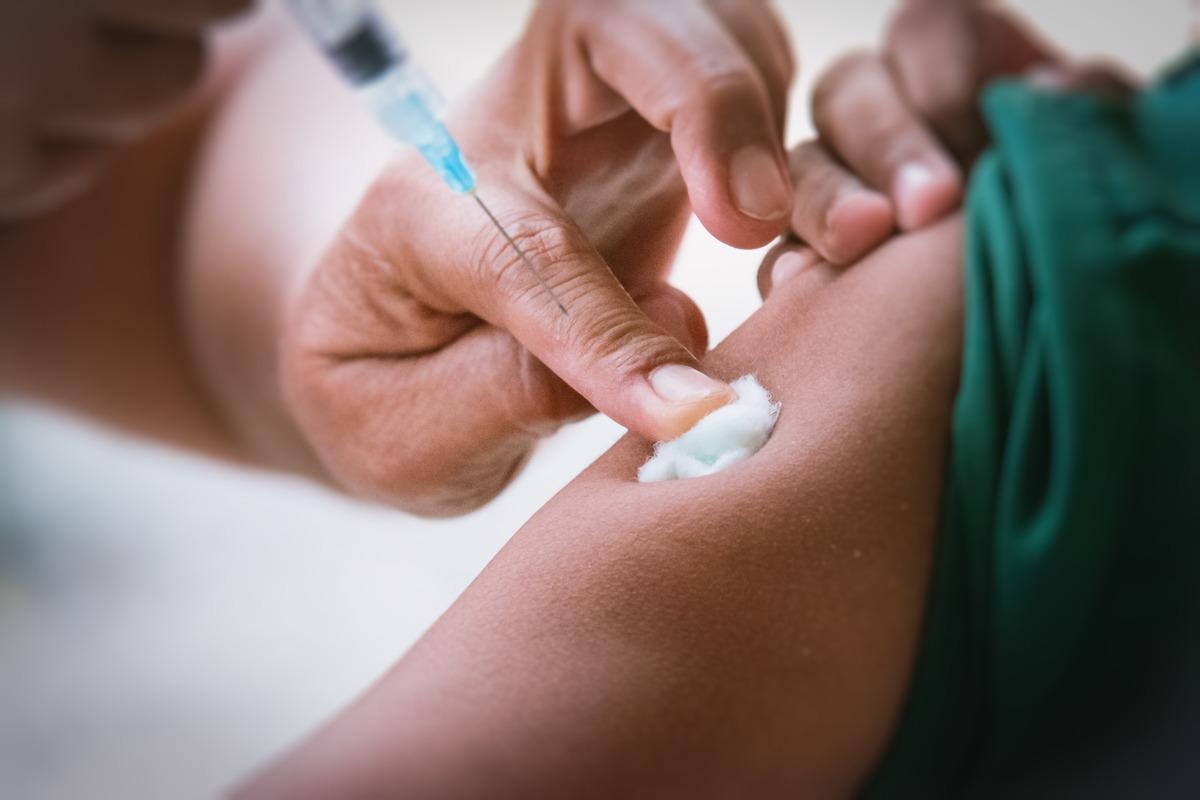Yellow fever vaccine-vectored YF-S0 as a potent COVID-19 vaccine candidate

In a recent study posted to the bioRxiv* pre-print server, a team of researchers developed YF-S0, an exceptionally potent coronavirus disease 2019 (COVID-19) vaccine candidate using live-attenuated yellow fever vaccine YF17D as a vector.
 Study: Biodistribution and Environmental Safety of a Live-attenuated YF17D-vectored SARS-CoV-2 Vaccine Candidate. Image Credit: PanyaStudio/Shutterstock
Study: Biodistribution and Environmental Safety of a Live-attenuated YF17D-vectored SARS-CoV-2 Vaccine Candidate. Image Credit: PanyaStudio/Shutterstock
The first-generation COVID-19 vaccines are products of breakthrough innovation, and although developed at an unprecedented speed, have excellent clinical efficacy. However, there are several unseen challenges with these vaccines which mandate a shift in focus toward developing improved second-generation COVID-19 vaccines.
In addition to an acute shortage of vaccine supply, the efficacy of currently used vaccines is waning over time with the rapid decay of virus-neutralizing antibodies (nAb) and new severe acute respiratory syndrome coronavirus 2 (SARS-CoV-2) variants escaping vaccine-induced immunity emerging continually. Furthermore, most first-generation COVID-19 vaccines have high reactogenicity.
The parental YF17D has proved a successful vector for several licensed vaccines and a platform for novel vaccine candidates used on humans for decades. Therefore, YF-S0 could serve as an excellent dual vaccine against SARS-CoV-2 and yellow fever virus (YFV) infections, an added benefit for populations living in regions at-risk of YFV outbreaks.
About the study
In the present study, researchers used the replication-competent YF17D as a vector and developed a virus-vectored SARS-CoV-2 vaccine candidate ‘YF-S0’ that expressed a stable prefusion form of SARS-CoV-2 spike protein.
They investigated the biodistribution and shedding following YF-S0 vaccination in Mesocricetus auratus (golden Syrian hamsters) to understand the extent of dissemination of SARS-CoV-2 to vital organs and the extent to which viral RNA remains detectable in their body secretions. In addition, they attempted to understand theenvironmental risks associated with shedding of the recombinant infectious virus, if any.
The hamster model also helped in evaluating the risk of YF vaccine-associated viscerotropic disease (YEL-AVD) and YF vaccine-associated neurotropic disease (YEL-AND).
Finally, the researchers tested the YF-S0 infectivity in mosquito species Aedes aegypti to assess the safety profile. A. aegypti is a well-known high competence vector for YFV, and its two strains, YF-Asibi and YF 17D, were used as controls.
Findings
While YF-S0 induced robust humoral and cellular immune responses in hamsters, mice, and cynomolgus macaques, it successfully prevented COVID-19-like disease after single-dose vaccination in the hamster model.
The parental YF17D spread systemically, and viral RNA was detected in the spleen, brain, parotid gland, and lung but remained below detection limits post YF17D vaccination. Contrastingly, post-vaccination with YF-S0, viral RNA was detected in minute amounts in the kidney and lungs of the test animals. Compared to parental YF17D, the low abundance of its RNA in the blood (below detection limits for infectious viruses) also indicated a lowered risk of YEL-AVD/AND with YF-S0.
Previous studies using WT hamsters vaccinated with YF17D or YF-S0 have reported viremia as a key indicator for the risk of developing YEL-AVD, and kinetics of viral RNA in serum serves as a proxy for viremia. The authors also showed respective data from STAT2-/- controls. In YF-S0 vaccinated WT hamsters, it was observed that viremia was rare, less frequent, and markedly lower in magnitude and duration.
The researchers also evaluated urine, feces, and buccal swabs from vaccinated hamsters for 29 days to detect the duration for which viral RNA remained detectable in body secretions post-immunization with YF-S0, compared to YF17D. No difference in viral shedding was observed between animals vaccinated with either YF17D and YF-S0. The viral titers were so low that infectious virus could not be isolated, indicating that the risk was much lower, even when vaccinated animals got exposed to their environment.
The parental YF17D passed the midgut infection barrier (MIB) and got restricted at the escape from the midgut (MEB), whereas YF-S0 was blocked at the first barrier with no remaining viral RNA or infectious virus detectable after infection, indicating limited dissemination and transmissibility of YF-S0 by mosquitoes.
Conclusions
Taken together, the study findings suggested that while the overall viral tissue burden for YF-S0 was considerably lower than for parental YF17D, viral RNA present in body secretions of test animals was low and had no residual infectious virus particles. Moreover, YF-S0 vaccine virus infection was transient, posed a minimal risk of shedding, and had no/minimal environmental biosafety concerns. The overall favorable safety profile of YF-S0 is promising and could help develop a novel vaccine based on the successfully tested YF17D platform.
*Important notice
bioRxiv publishes preliminary scientific reports that are not peer-reviewed and, therefore, should not be regarded as conclusive, guide clinical practice/health-related behavior, or treated as established information.
- Li-Hsin Li, et al. (2022). Biodistribution and Environmental Safety of a Live-attenuated YF17D-vectored SARS-CoV-2 Vaccine Candidate. bioRxiv. doi: https://doi.org/10.1101/2022.01.24.477505 https://www.biorxiv.org/content/10.1101/2022.01.24.477505v1
Posted in: Medical Science News | Medical Research News | Disease/Infection News
Tags: Antibodies, Blood, Brain, Coronavirus, Coronavirus Disease COVID-19, covid-19, Efficacy, Fever, immunity, Immunization, Kidney, Lungs, Mosquito, Protein, Respiratory, RNA, SARS, SARS-CoV-2, Severe Acute Respiratory, Severe Acute Respiratory Syndrome, Spike Protein, Spleen, Syndrome, Vaccine, Virus, Yellow Fever

Written by
Neha Mathur
Neha Mathur has a Master’s degree in Biotechnology and extensive experience in digital marketing. She is passionate about reading and music. When she is not working, Neha likes to cook and travel.
Source: Read Full Article